Ariel Waldman, NASA Advisor

Cool Tools Show 227: Ariel Waldman
Our guest this week is Ariel Waldman. Ariel is an advisor to NASA’s Innovative Advanced Concepts program. She led a five-week expedition to Antarctica to film microscopic life under the ice. Ariel is the author of the book What’s It Like in Space?: Stories from Astronauts Who’ve Been There and the global director of Science Hack Day. You can find her on YouTube @arielwaldman.
Subscribe to the Cool Tools Show on iTunes | RSS | Transcript | See all the Cool Tools Show posts on a single page
Show notes:
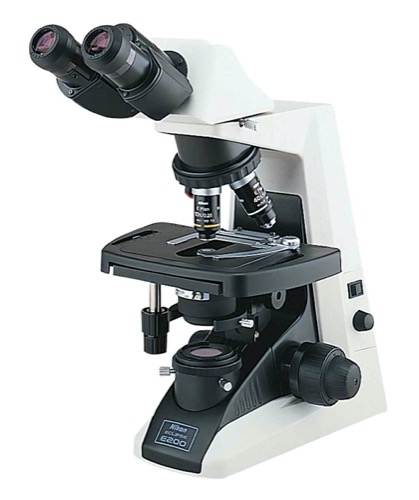
Nikon E-200 LED Microscope (with LED Lumencor SOLA Fluorescence attachment)
This is related to going to Antarctica. I have a Nikon E200-LED Microscope, which is kind of a basic microscope, as things go. It’s around $2,000 or so, which is a bit pricey if you’re just wanting to play around for fun, but if you’re wanting something as a professional tool, it’s rather affordable. I really love it because it’s LED. A lot of microscopes use halogen bulbs and they are just really not very fun to play around with because you get a lot of weird sort of lighting artifacts when you have bulbs. Having an actual LED microscope is really nice and it’s really modular, which is the best part of it, and it’s fairly lightweight as well, so I was able to take it down to Antarctica with me in a Pelican case. And the majority of all the microscopic critters that I filmed while I was down there was using this microscope. You could put it on a desk easily. It does have eyepieces, but I specifically get microscopes that have trinocular ports, which just means that you can attach a camera to a third eyepiece essentially. So what I do is I take my Canon DSLR 6D Mark II, and I attach it through a specialty tube to the trinocular port. And that’s how I was able to film a lot of the microscopic creatures in high quality.
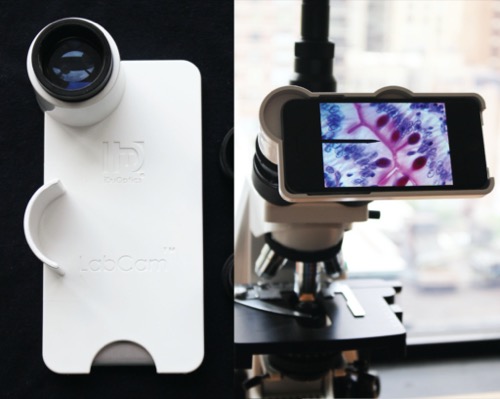
LabCam for iPhone ($240)
I’ve got a couple of things that are related to microscopy on my list. One is instead of using a Canon camera with a microscope, I often use a LabCam, which is a really great thing that attaches to an iPhone that allows you to actually just pop your iPhone into the eyepiece of most microscopes. And why I really like specifically LabCam is because it uses an actual machined metal that you can sort of just dip right into any eyepiece of any microscope for the most part, like every major name microscope, and even off-brand ones too, and having an actual machine piece of metal that allows you to dip it into an eyepiece means that you get perfect quality photos and videos, anything that you want to shoot off of your iPhone from any microscope. And why that’s really great is if you’re someone who, for instance, you get to visit other people’s microscopes, or you visit other labs or things of that nature, it means that pretty much, you always have a camera, no matter what microscope you’re using, and you don’t have to rely on really outdated cameras that are often attached to microscopes. The other good thing about it is that there’s a lot of 3D printed hardware out there that attaches to microscopes. But I’ve found that because they often use plastic only, and don’t really use machine pieces of metal, that they don’t fit that well, and they’re really finicky. So if you imagine binoculars, imagine being able to pop the lens out of one of your binoculars and instead insert your own lens attached to your phone. That’s kind of what this does. LabCam is somewhere around like $240-$250. Again, it’s something that I wouldn’t recommend unless it’s something that you’re doing a lot or you’re intending to do a lot because otherwise it’s way overpriced. As I said, there’s a lot of 3D printed solutions out there, that if you’re just wanting to use it once or twice, then I would go with a cheaper option that’s not as good. But if you need something to work perfectly every time and just be no hassle and you visit different microscopes all the time, then this is actually really worth it.
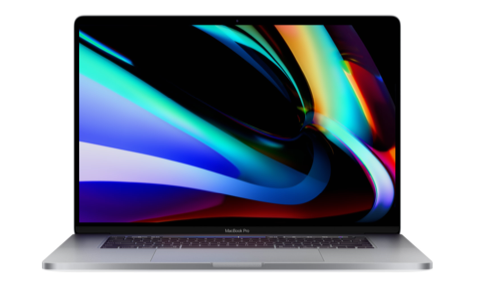
Macbook Pro 16” 8TB
When I came back from Antarctica, I had 500 microscope videos and 400 videos of the actual expedition, in separate files. I tried to keep them as organized as I could while I was there, but even when I came back, I spent two months reorganizing all 900 of those videos and I was doing it through file names and stuff like that. I’m probably doing it in the most archaic way possible. I’m both embarrassed and proud to say that I got the 8 terabyte MacBook Pro because it’s ridiculous, but because I do so much video work, and this is literally my only computer. It was really worth it. I specifically didn’t purchase a laptop for eight years. So I had the very first MacBook Pro Retina from 2012 and I waited eight years on that laptop and it still was working great to purchase a new one, but I do so much work in video now that having 8 terabytes as my main computer, and having it in a laptop is just really fantastic.
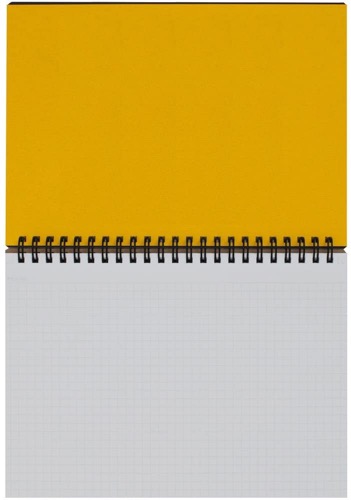
Mnemosyne 182 Gridded Notebook ($9)
For all the tech and everything, I am actually pretty analog. I started off in analog photography and I just like physicality in a lot of things, so I still write most everything. I use this notebook as a to-do list, as a habit tracker, as a brainstormer. There’s something I like about it because it’s more of a horizontal format notebook and it just feels that much more different. And so I can really just think about things differently. For people who are very physical like that, I guess that might make sense. It’s hard to put into words, but this notebook has probably been the most successful notebook I’ve had in terms of purchasing it and then actually using it and not just admiring it. It’s got a ringed bound to it. It means that you can just store a pen with your notebook at any given time really easily. Things like that I really appreciate because I do write down most everything that I’m doing.
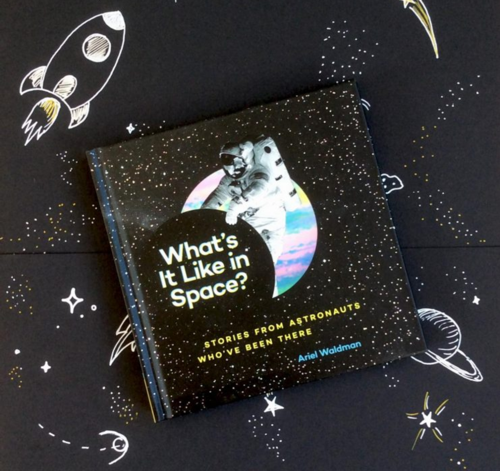
About What’s It Like in Space?: Stories from Astronauts Who’ve Been There
This was just a really fun book to put together. It’s stories from astronauts about their time and space, but it’s more about the embarrassing, funny, silly times that they’ve had in space. Things that make it a lot more relatable about, “you spend your whole life trying to go to space and then you’re there and then you do something and you’re totally scared someone’s going to make fun of you”, or you do weird experiments with bodily fluids. It’s just a short and sweet book about the delightful fun aspects of space, as told from over a dozen different astronauts, which I think is important because a lot of times we’re given a very singular narrative about what it’s like in space and how people feel about it and how it’s either the greatest thing or not. I really wanted to show a variety of different narratives about what people thought about their time in space.









